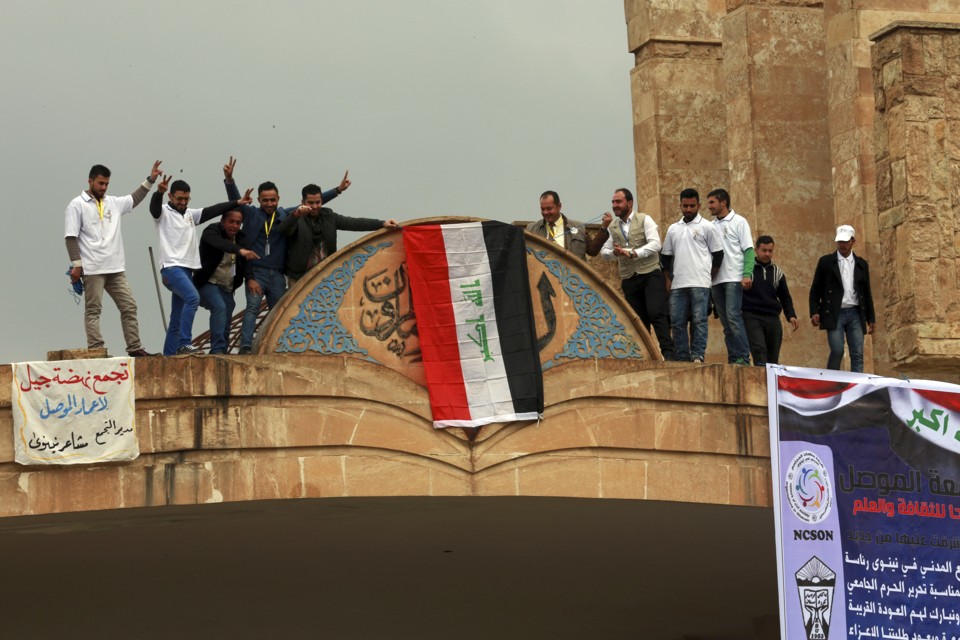BY THOMAS JOSCELYN
 In an audio message released on Aug. 31, Zakir Musa criticized the Pakistani government and vowed to fight for the implementation of sharia law in Kashmir.
In an audio message released on Aug. 31, Zakir Musa criticized the Pakistani government and vowed to fight for the implementation of sharia law in Kashmir.
Zakir Musa, the leader of the newly-formed Ansar Ghazwat-ul-Hind, has released an audio message in which he accuses the Pakistani government of betraying the jihad in Kashmir. Musa, a former commander in Hizbul Mujahideen, became a vocal critic of the established jihadist groups fighting in Kashmir earlier this year. He has accused his one-time comrades of being puppets of the Pakistani Army and criticized them for failing to seek the implementation of sharia law. Musa expounds upon these same themes in his latest message, which was released online on Aug. 31.
Musa says his group’s jihad is not merely for land or to serve the interests of supposedly corrupt rulers. Instead, according to a translation prepared by his online supporters, Ansar Ghazwat-ul-Hind’s jihad aims to free the “ummah” (worldwide community of Muslims) from the nonbelievers and “establish the law of Allah.”
“Our war is against the Indian army, the murtadd (apostate) police of Kashmir, the Government of India, their officers and their political structure and every such individual who would collaborate with the Kuffar (nonbelievers) and tried to harm this jihad,” Musa says.













/arc-anglerfish-arc2-prod-mco.s3.amazonaws.com/public/6J67D2IXBJB4XG5Z2CCQSDAOFY.jpg)



